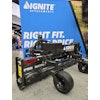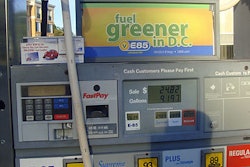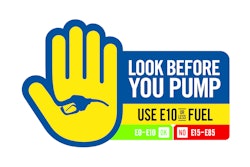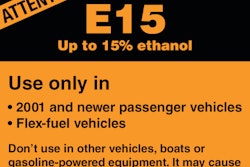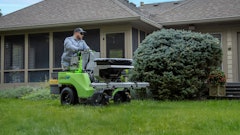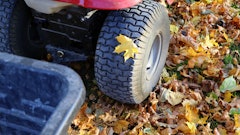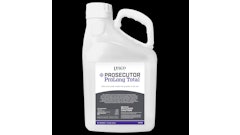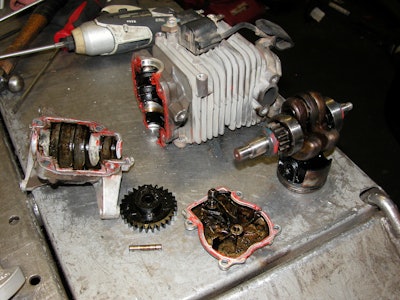
Over the past decade, ethanol usage has increased to E-10 (10% ethanol) throughout the United States and continues with E-15 blends on the horizon.
Ethanol attracts water and separates (phase separation) in fuel to create a corrosive mixture that settles on the bottom of fuel tanks. Over time, ethanol-blended gasoline can corrode metal fuel components and deteriorate plastic and rubber fuel system components. This especially occurs in older power equipment and engines not designed to tolerate ethanol-blended fuels.
In addition, oxygen in ethanol-blended fuels causes gasoline to decay faster leaving varnish and sludge deposits over time.
These and other ethanol-blended fuel related issues may result in engines that will not start or that run poorly, and may even ruin engines and other fuel system components. In extreme circumstances an engine running on phase-separated fuel may run out of control posing serious danger to the operator.
SOURCE; B3C Fuel Solutions, LLC, a manufacturer of environmentally friendly products and solutions for ethanol and bio-fuel related problems.


